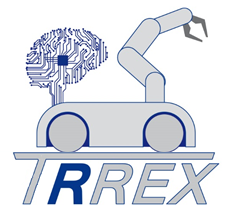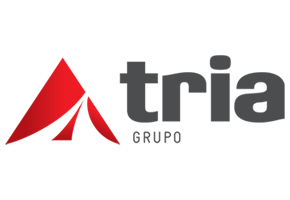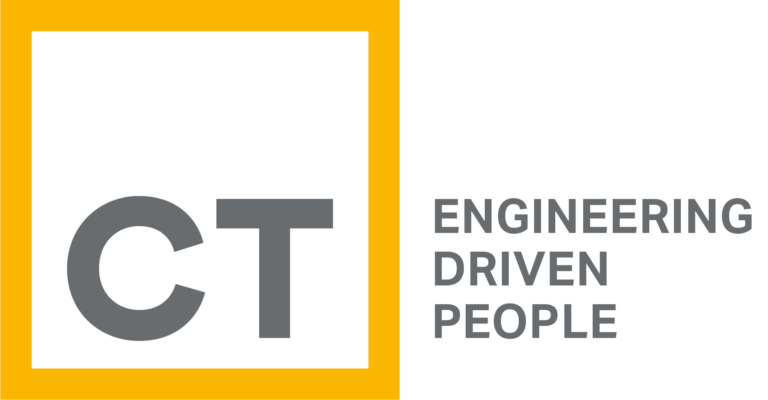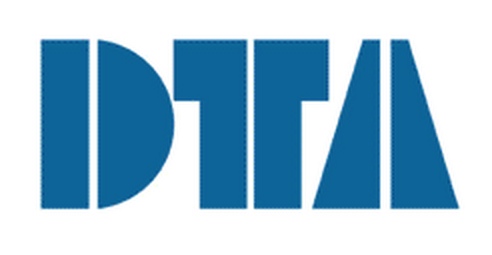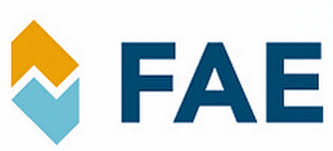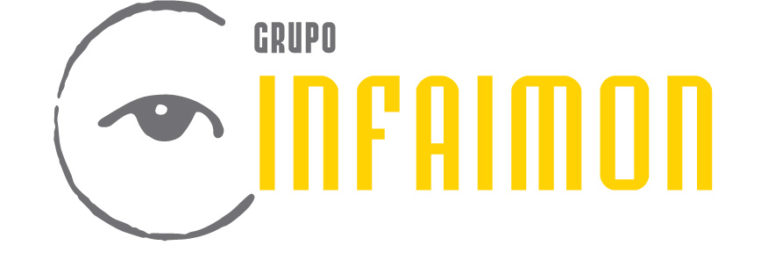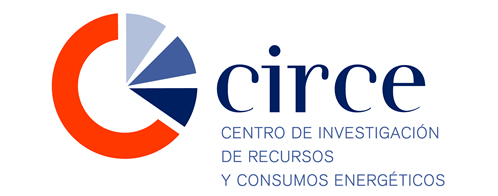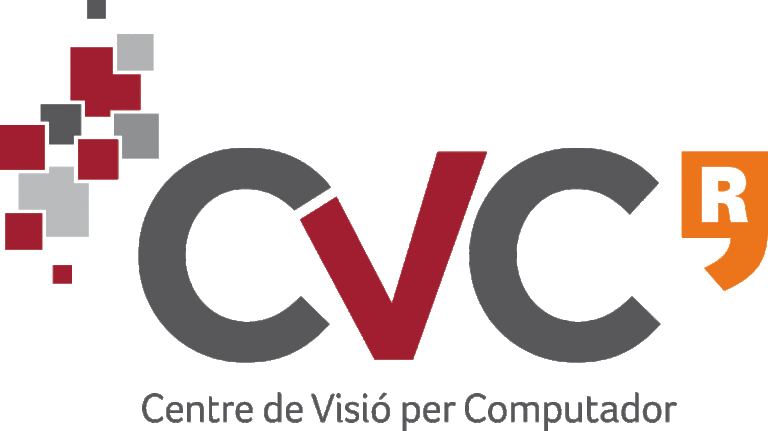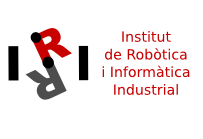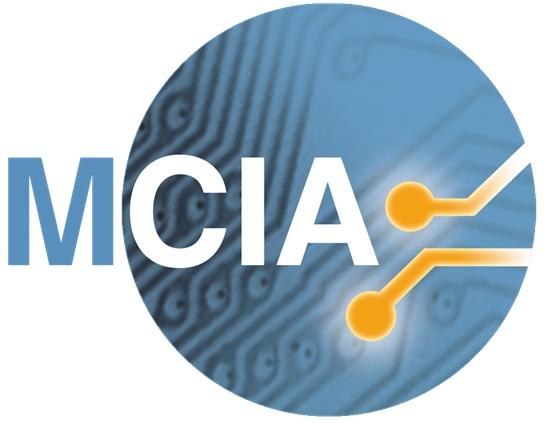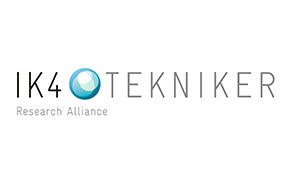TRREX
TRREX
Robotics of Extended Range for Flexible Factory
The tendencies are changing the companies from mass production oriented to maintaining stable stocks to order-centred philosophy, manufacture under demand, stock minimization and dynamism for the introduction of new products and their customization. Production batches are becoming smaller, even unique, adapting to the needs of specific users. This dynamism required to succed in a global market is contradictory with several today’s industrial processes. Current state-of-the-art manufacturing plant requires great efforts to adapt to production changes.
Nowadays, manufacturing robots (industrial robots) are in fixed positions forming lines or manufacturing stations. This limits their function to the environment where they are installed, they can only cover the own work area (which can be extended to meters with linear axes). This forces to feed parts to the robot and dedicate the robot to some very specific tasks. They must reach high cadences or add high value to the process to justify the investment. Even with new collaborative robots, which simplify implementation and reduce the cost of automation, these flexibility challenges cannot be addressed.
The RREX project has as general objective to investigate and to progress in technologies that contribute to the deployment of mobile industrial robots for the factories of the future. These systems will increase the flexibility of the plants and allow the optimization of the industrial processes, improving their productivity. It allows new robotic processes, impossible for fixed industrial robots. In turn, any improvement in the adaptability of a plant to the market changing demands facilitates its competitiveness in the medium and long term.
This project aims to eliminate the current industrial robotics limitations. Imagine an industrial robot that can move autonomously through the factory. The robot can go to the desired area to work, or move along a large object to perform operations. In addition, it can move within warehouse areas, picking up pieces and taking them to the points where they are needed. Rigid production infrastructures disappears. We can even think of making pilot plants to test complex processes.
This requires more than placing a robot on an autonomous navigation platform. Requires fast and high workload robot (+80kg), an integrated stable model, more energy, process tools, easy definition of the production tasks, implies being able to exchange tasks with other robots or communicate transparently with them and other production machinery. Ideally, robot should go, see and work directly, without long preparatory works.
The project is divided into four research activities and two development activities.
ASTI leads the RREX platform activity to investigate the perception and obstacle analysis, navigation and natural interaction through gestures (with INFAIMON). The manufacturing process and the stability of the platform requires a dynamic modeling of the robot-platform assembly.
IDNEO leads the energy activity. The energy required for the new system and process is much higher than that required by an isolated platform. Therefore, project investigates in new energy systems based on unconventional batteries and supercapacitors. Power consumption is expected to be high and TRIA will create high and medium power induction transmission systems for wireless charging.
IBERMATICA leads the global control and task coordination activity. Mobile robots and manufacturing machinery must be able to communicate. We will investigate ways to describe machine capabilities and coordinate tasks automatically. We should represent these combined tasks and store them for later reuse, even between different robot configurations.
PROMAUT coordinates the robotics and process activity. A mobile robot has a changing enviroments and needs a fast and efficient programming system; it requires adaptation every time it performs a new task. In addition, you should investigate how to perform different automatic processes (manipulation, machining, joining, etc …), which tools and how we deploy them. The ability to pick up parts in an unstructured environment or bin-picking (with INFAIMON) is essential.
The project covers the entire value chain from new technologies creation, integration with existing technologies and validation in a realistic environment in two use cases: (i) FAE (machine tending and warehouse) and (ii) MAGTEL (flexible pilot plant). Precisely, this flexibility enables its use in SME’s. The RREX project will create many manufacturing technological advances in strategic sectors for Spain, due to the relevance to GDP, the generation of direct and indirect jobs, as well as the impact on the country’s export balance. The industrial consortium RREX aims to walk firmly towards the factory of the future: intelligent, flexible, and versatile.
Financial Framework: CIEN
Start Date: 01/01/2019
End Date: 31/12/2021

Este proyecto ha recibido financiación pública del Programa Estratégico de Consorcios de Investigación Empresarial Nacional (CIEN) del Centro para el Desarrollo Tecnológico Industrial (CDTI).

